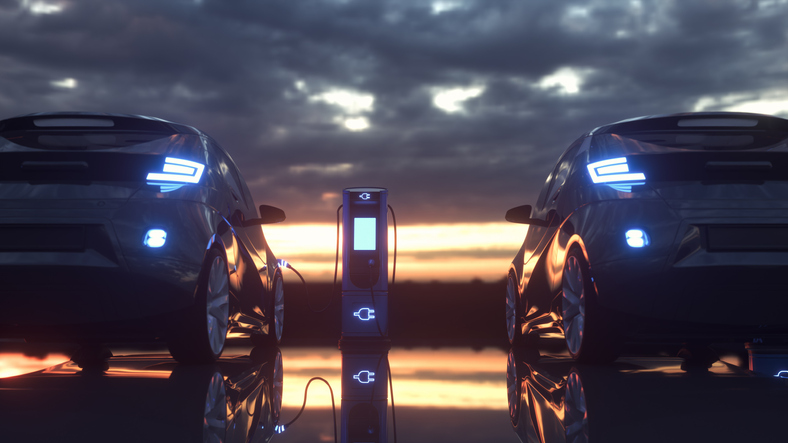A Guide to Hybrid Energy Storage Systems for the Aspiring Auto Body Repair Technician
Hybrid electric-drive vehicles are relatively new in North America, and are becoming increasingly more common as advances are made in hybrid technology. Major draws to owning a hybrid vehicle are the reduced CO2 emissions and lower cost in fuel compared to a traditional internal combustion engine.
These hybrid vehicles need routine maintenance as well, and in an auto repair shop you will likely encounter many in the coming months and years ahead. Obtaining the basic understanding of how these energy storage systems work will allow you to safely and effectively address any issues on these vehicles. Read on to learn the basics of hybrid vehicles!
Types of Batteries Found in Various Hybrid Vehicles
There are a few types of electric vehicles: hybrid electric vehicles (HEVs), plug-in hybrid electric vehicles (PHEVs), and all-electric vehicles (EVs). Each of these use different types of batteries depending on the specific needs of the vehicle, and the variations on these devices are important to know as an auto body repair technician.
Lithium-ion batteries, also those found in cell phones and laptops, are commonly found in PHEVs and EVs due to their high energy per unit mass and high power-to-weight ratio. These factors allow for high energy efficiency and better high-temperature performance.
Nickel-metal hydride batteries are used in computer and medical equipment, and are widely used in HEVs. They have a high cost and are high heat generating at elevated temperatures, requiring the need to control hydrogen loss. They’re still a safe option and do have a longer life cycle than lead-acid batteries.
Lead-acid batteries can be used for high power applications, and are safe and low cost. A downside to lead-acid batteries is the poor cold-temperature performance and short lifecycle. You may see developments in the future to produce advanced high power lead-acid batteries, but they will likely only be used in commercial vehicles used on ancillary roads.

Hybridization Strategy for Optimal Energy Management in Electric Vehicles
Hybridization refers to the use of a primary battery source along with a secondary power supply for electric vehicles. This allows for the use of a smaller battery for low power and a second supply, such as a supercapacitor, for high power needs during acceleration and regenerative braking.
Splitting performance tasks between these two power supplies creates a reduction of the necessary size, cost, and efficiency of each one. This strategy also allows for the long term maintenance of the batteries and energy supplies, possibly leading to a longer life cycle of the two components.

What to Know About Battery Recycling as an Auto Body Technician
As an auto body technician, it is important to keep in mind the options when it comes to battery recycling for hybrid vehicles, as proper recycling methods could keep hazardous materials out of the waste stream. This applies to both the battery production process as well as the batteries’ end of life, and different processes result in varying levels of recovered materials.
Smelting is a process that recovers basic elements and requires the heating and melting of the material. Valuable materials recovered are sent to be refined for future use, and other materials, such as lithium, are maintained in the slag by-product, which is now used as a concrete additive.
Direct recovery is another recycling process that separates materials through the use of various chemical and physical processes. The result of direct recovery is that all active materials can be recovered. Direct recovery uses a low-temperature process and also requires minimal energy use, which can prove to be beneficial to the environment with less emissions.
There are a few intermediate processes that provide material recovery levels somewhere between the results of smelting and direct recovery. More research is needed to determine the best course of action when designing, disassembling, and recycling batteries for long-term sustainable use in electric vehicles.
Interested in becoming an auto body technician?
Reach out to ATC Surrey today for more information!


